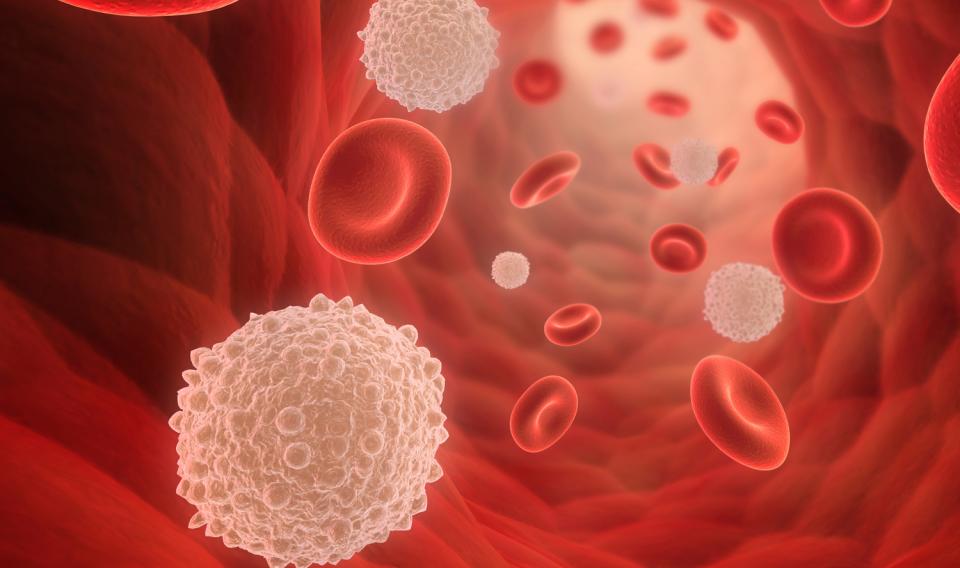Exploring how Form Follows Function in Cells and other body systems.
Cells--Structure and Function
Start the class by showing them pictures of a few different types of cells. Each cell that is shown should be labeled with a name like "white blood cell" in order to identify what they are looking at.
Explain the job of your example cells to the students. For instance, white blood cells are part of the immune system, and their job is to attack invaders (germs) within the cell, and destroy them. Pose the question: "Why are white blood cells shaped the way that they are?"
Students then study the picture of the white blood cell and see that it looks like a glob of “goo.” “Goo” attaches easily to surfaces because it has a rough, sticky surface. It is easy for white blood cells to attach to invaders and then absorb them into their sticky glob.

Next, have students search the internet for the various types of cells in their bodies. (Sex cells, muscle cells, nerve cells, etc.) Have your students each choose six different types of cells and get a decent image for each type of cell. Next, have the students find out the job of each of their selected cells. They must use their own words, not cutting and pasting the information gained via the internet.
Each student will make a Google Slides Presentation of their six types of cells, where they are located, what job they do, and then why the student thinks that each particular cell is shaped the way it is and how that shape helps them to do their particular job.
Have students get in groups of three or four to share their newfound information with each other and discuss their findings. Do they agree with each other? Why or why not? Are there repeats on cell types? Did the students information match up with each other on the repeats? Have them agree on the best explanations for why cells have their particular shapes.
Have each group elect a team captain to share out a few of their cell types and why they think its shape is critical to its job.
After each group shares out, give them all this phrase and see if they understand what it means: "Form follows Function."
Take some time to give examples of organs and organ systems, and how its form depends upon the purpose/role of that organ or organ system.
Example 1: Ball and Socket joints are at the hips and arms because of the range of motion and flexibility we need in those areas.
Example 2: Hinge joints are at the kneecaps and elbows because they just need to bend in and out, but not at a range of angles.
Example 3: Muscles are striated and layered because they contract and relax in order to move the skeletal system around.
All of these form and function lessons and examples may lead to the next topic about cell division, because most cells wear out and need constant replacements from all of the work that they do!